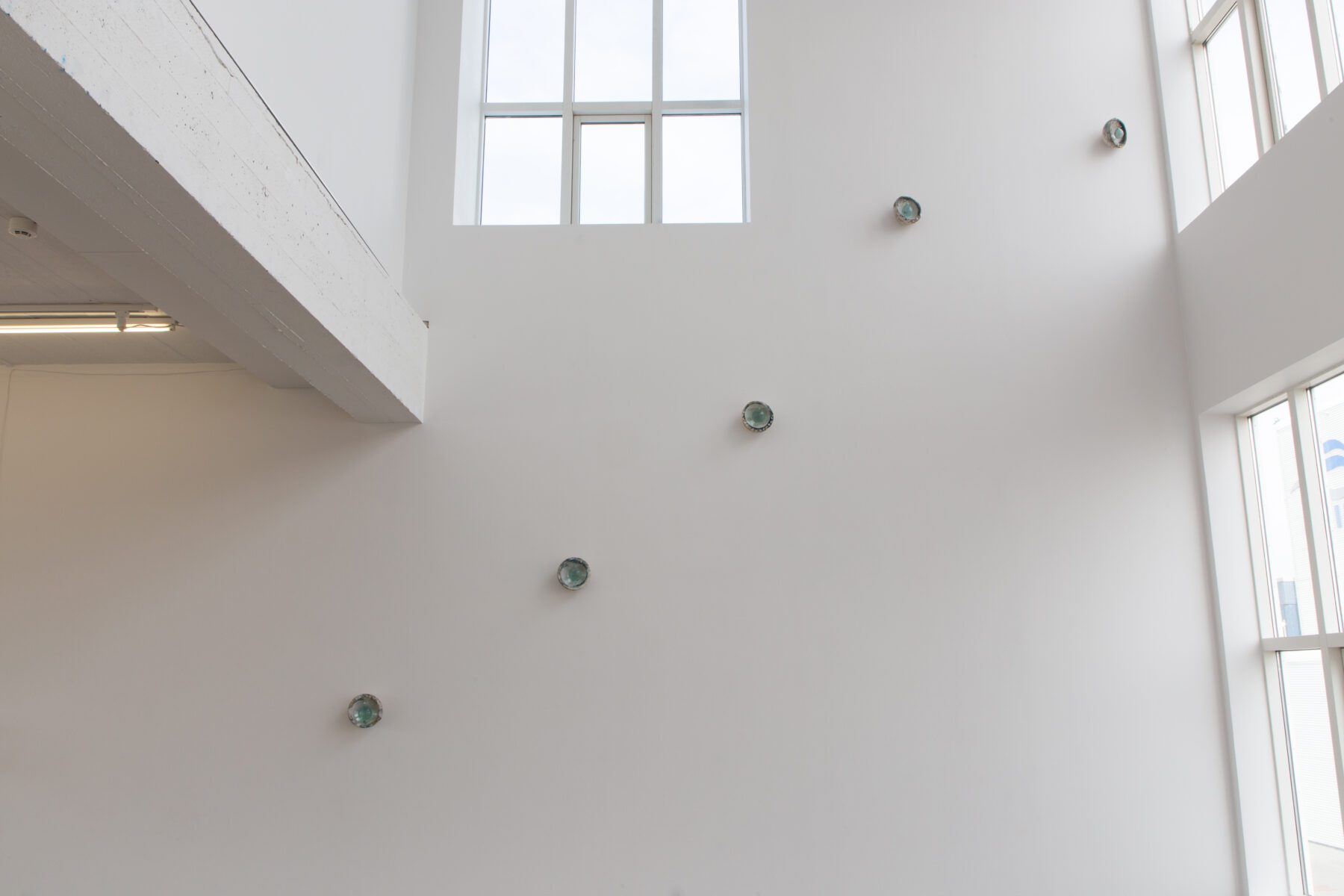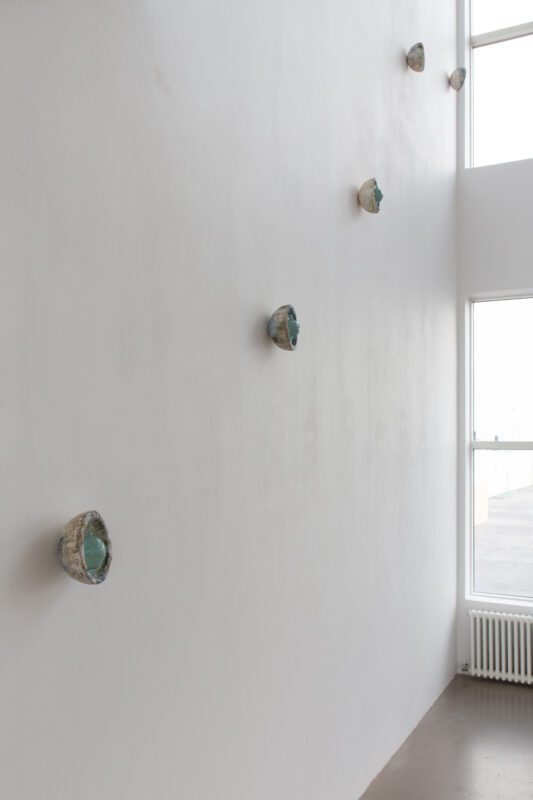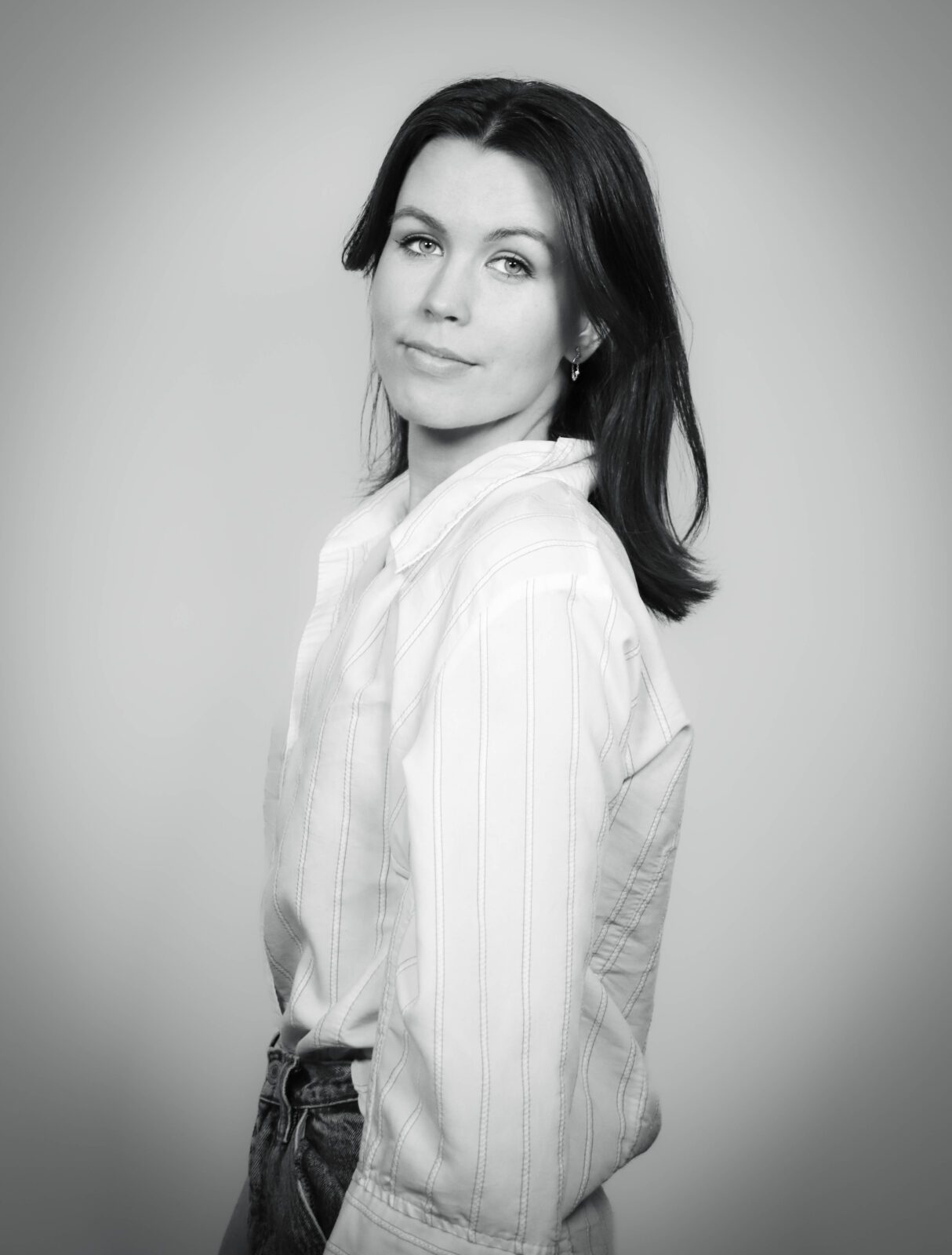Automatic translation by Google Translate.We cannot guarantee that it is accurate.
Skoða vefinn á ÍslenskuHeimir Snær Sveinsson

Book of Days
Recycled paper from a dictionary, 3D printed plug, rusted steel plate
Cathonic Sunshine Recorder
Steel plate and rods, spray paint, dark brown clay, glass and welding wire
All glassworks are made by Anders Vange
Through my practice of mediating works produced via the shadow/sunlight using time telling and weather recording devices, my interest in subconsciously inspired symbols has led me towards looking into artworks focusing on the climate crisis and the duality found in both of topics. In discussing symbolism embedded in art focused on the current state of ecological crisis, a few recurring themes are evident in regarding the psychology of humanity’s link to its environment through the subconscious and the processes of healing/remediation.
The image of the divided circle was adapted by Jung, using the Hindu word mandala or magic circle, representing the unknown essence of the human psyche. The disk can also be a symbol of a mental horizon or an inner landscape of the soul. The mandalas can be divided in four or eight sections based on the different sections of the psyche. Jungian psychiatrist Robert Johnsson utilises the idea of the manderla or vesica pisces as a symbol for healing, the intersection of two circles creates a sublime space for reconciling two opposing facets of the psyche: shadow ego and heaven/earth. Johnson uses the story of Moses and the burning bush as a symbol of the manderla, the bush being superimposed by both states of creation and destruction and this overlap being the presence of the sublime. This symbol can reflect the current climate crisis, a tool of reconciliation between humanity and climate during a state of disharmony. Johnson further expands on this point by relating to the human situation dividing us over and over again into ego-shadow opposition, bearing our shadow as the price to pay for taking our place in society. Westley and Folk connect symbolic imagery to humanity’s inner motivation and the outer-world challenges that face us in their paper about the effect of iconic images, symbols, and archetypes in the arts and sciences. This balance of inner life and the outer-world “is reflected in work on transformation, emphasizing shifts in consciousness and awareness, in beliefs, values, and worldviews, thereby challenging the individual to reflect on change itself”. These symbols become static points in a continuously moving world, infusing these symbols as parts of an energy matrix found within all life forms and the biosphere they inhabit.
In her book Decolonizing Science in Latin American Art, Joanna Page explores humanity’s role in attempting to reverse the effects of greenhouse gas emissions through technological innovation and whether humanity’s role as stewards towards the climate should be reinvented. Looking into the efforts of Latin American artists such as Joaquin Fargas, Page explores his works as being indicative of the human longing to govern nonlife. Fargas works span from autonomous ice-packing robots saving Antarctica’s glaciers to creating robotic sunflowers that can detect air pollution, UV levels and temperature. Fargas considers a transcending spirit connected with nature and the environment to be inherent in humanity.
Ljósmyndir: Sisters Lumière / @sisters_lumiere




















